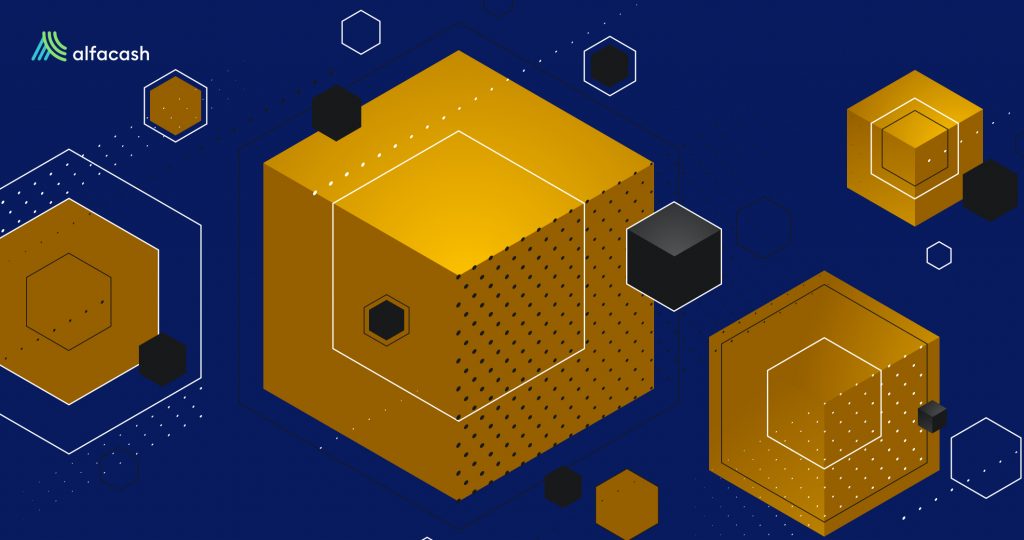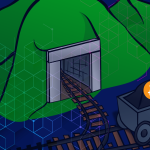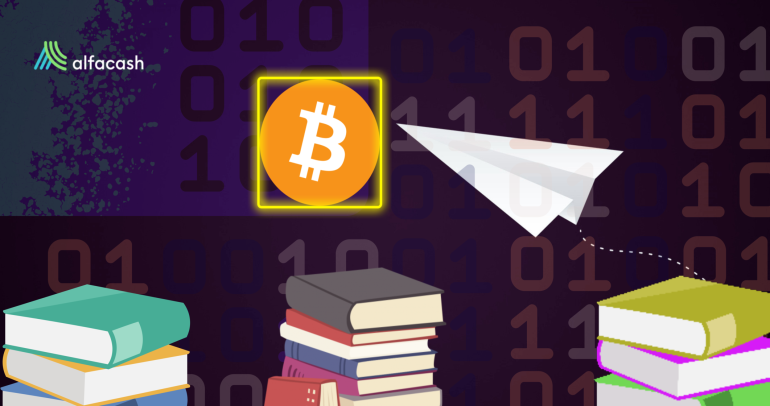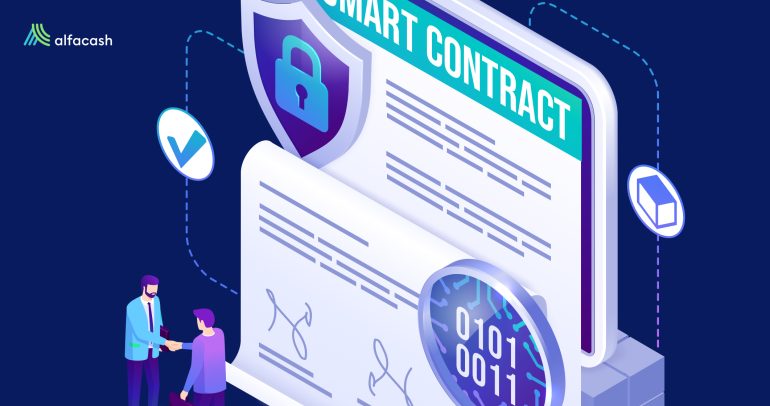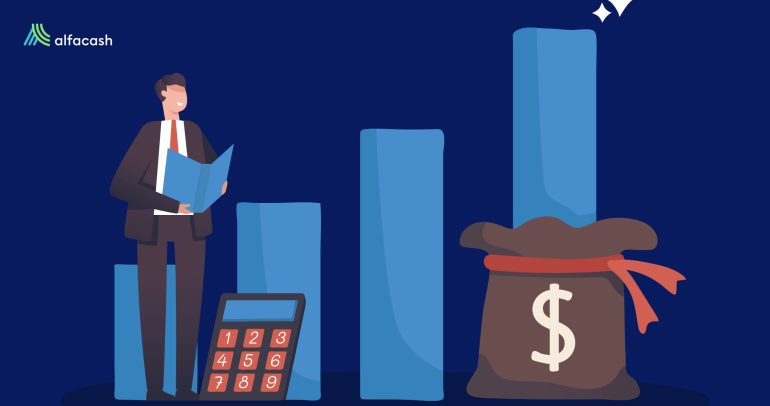Have you ever wondered how food arrives at your table? The food we consume goes through different production, distribution, and sale stages until it’s available. That’s the case with all products available in stores, thanks to the supply chain. The supply chain can work much better in the future thanks to the different projects integrating blockchainBlockchain is a type of database storing an immutable set of data, verifiable to anyone with access to it —through... technology in the industry.
What is a supply chain?
A supply chain is the set of diligence, facilities, and means of distribution required to complete the product marketing process. It includes everything from the search for raw materials, their transformation and manufacture, to transport and delivery to the final consumer.
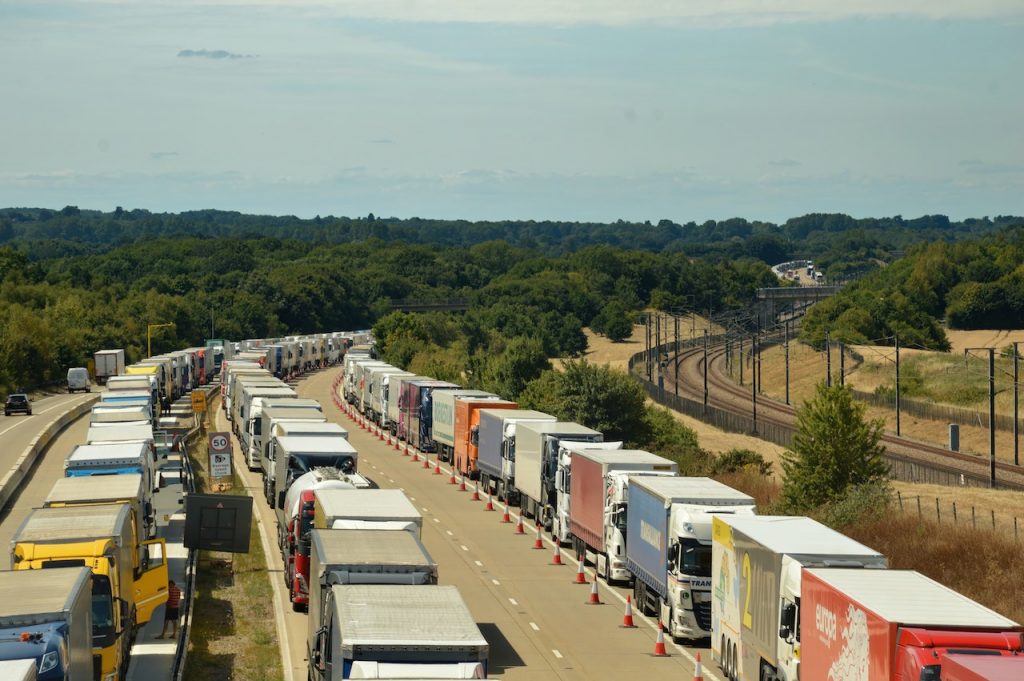
Managing modern supply chains is a very complex task. The supply chain for many products encompasses hundreds of stages, multiple geographies, and countless invoices and payments. Also, they require the intervention of numerous natural and legal persons, so in some cases, the delivery of the products takes months.
Furthermore, today’s supply chains are very complex and not transparent. Thereby, there is increasing interest in exploring the possibilities offered by blockchain technology to improve logistics in the supply chain.
How does blockchain technology help the supply chain?
Today, technology is essential in logistics companies. Technological advances allow better documentation and information exchange that exponentially improve production and distribution. Then, blockchain technology offers the possibility of obtaining more data and performing better analyzes that benefit the supply chain.
As the blockchain is a distributed ledgerA ledger is like a spreadsheet keeping track of which addresses own how many bitcoins. The Bitcoin blockchain is a... More, it offers a more efficient mechanism for tracking data in a supply chain. Thus, this technology makes it possible to erase human errors from the map and increase efficiency. Likewise, the obligations and responsibilities throughout the process are clarified.
Thanks to the blockchain, we can track multiple data during the transport of a shipment of wine from Tuscany to Canada, for example. Among them are the temperature of the warehouses and even the ship’s speed.
Likewise, in the event of any mishap during the process, the parties involved can be informed in real-time, improving security and speed of response to inconveniences. This technology also helps reduce supply chain costs since it decreases documentation expenses.
How blockchain works in the supply chain: step by step
That’s how the blockchain intervenes in a supply chain:
- Supplier: The supplier provides an RFID Tag with product information. An RFID tag is a tracking system that uses smart barcodes to identify items. The RFID tags use radio frequency technology to transmit data from the tag to a reader, then share the information with an RFID computer program.

- Producer: The producer ensures that the product meets certain specifications and produces a QR codeA graphical representation of a public or private key. Scanning QR codes is a simple way to share keys between... More for traceability.
- Distributor: The distributor can use the blockchain in the supply chain to receive notifications on the receipt of the product. Also, the distributor can contract a 3PL logistics provider and bring information about storage, transportation, and product distribution.
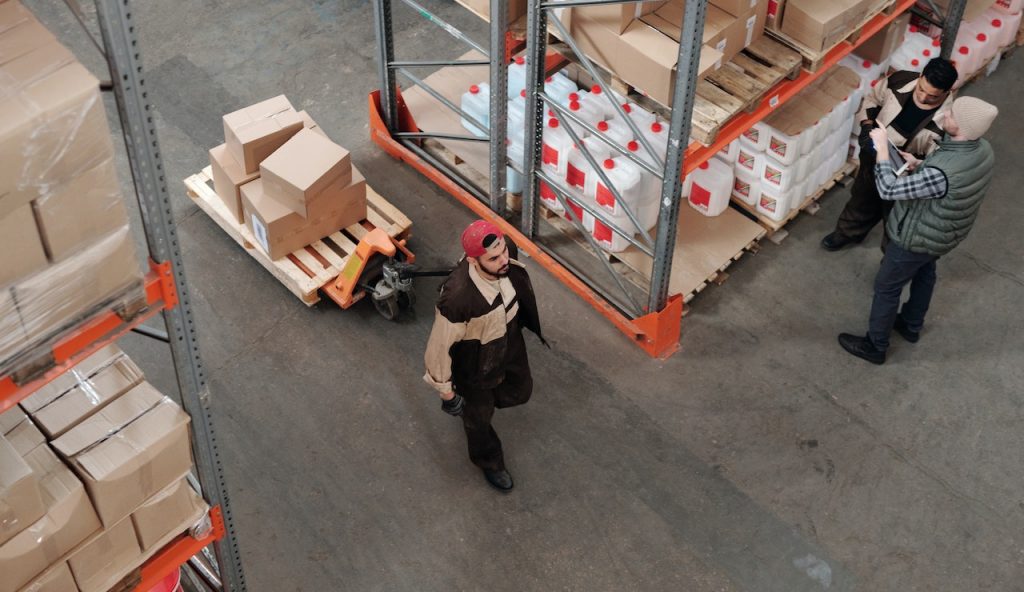
- Retailer: Thanks to business intelligence, retailers can update the data record on demand.
- Store: The store can receive updated and accurate information about the product. Furthermore, orders can be subject to sales specifications, promotions, and order data.
- Consumer: The buyer can scan the product’s QR code to consult all the information about its origin and the process it went through to be available at the point of sale.
Best blockchain supply chain projects in 2022
The use of blockchain in the supply chain is increasing. Therefore, even large industries have decided to contribute to the sector.
IBM
Among the most significant blockchain supply chain projects, we find the IBM Blockchain Platform, which allows you to create, operate, govern and develop solutions in the sector.
Amazon
Amazon is another big industry that uses blockchain to track the supply chain and provide a complete and verifiable data history over time.
Everledger
Everledger, for its part, provides blockchain solutions to increase the transparency of global supply chains. Thus, all the actors involved in the supply chain can demonstrate the product’s origin, characteristics, and ownership.
Oracle
Oracle offers databases, infrastructure, software, hardware systems, and services related to data storage. Likewise, organizations can improve operational and planning efficiency with this blockchain solution in the supply chain.
Ambrosus
Ambrosus is a blockchain interconnecting IoT devices, sensors, and ERP systems.
The blockchain supply chain’s future
According to a recent report, the global blockchain supply chain market could grow “from USD 253 million in 2020 to USD 3,272 million by 2026”. Furthermore, it can have a Compound Annual Growth Rate (CAGR) of 53.2% during that period.

One of the main factors driving the growing use of blockchain in supply chains is the popularization of this technology and how the various players are becoming increasingly aware of its benefits. Additionally, the rising need to automate supply chain activities and cut out intermediaries brings new supplier opportunities.
However, regulatory uncertainty remains a concern in this particular industry. Due to the interoperability and standardization problems that the supply chain can present when using blockchain technology, many regulatory entities are hesitant regarding its approval, which represents one of the most significant restrictive factors in adopting blockchain technology in the sector.
Wanna trade BTCAn abbreviation for Bitcoin., ETH, and other tokens? You can do it safely on Alfacash! And don’t forget we’re talking about this and many other things on our social media.
